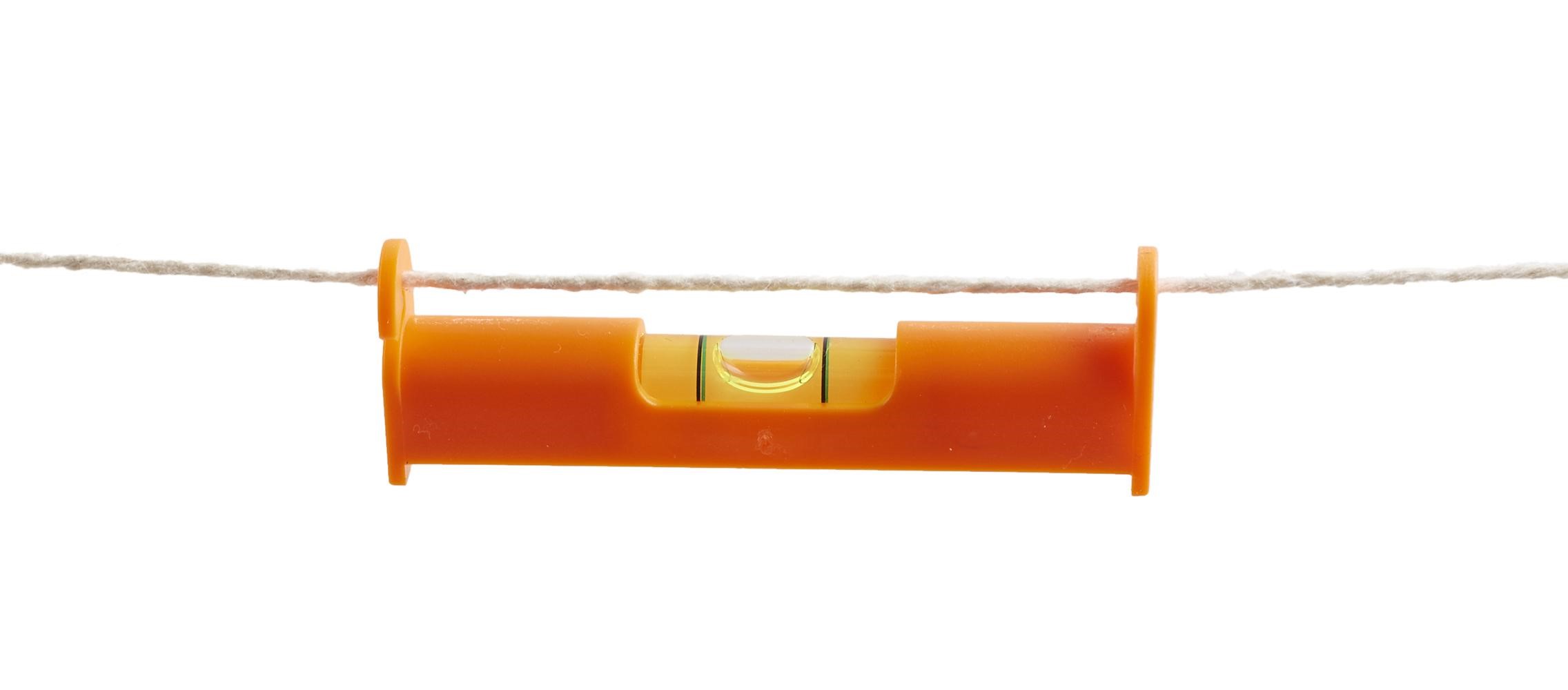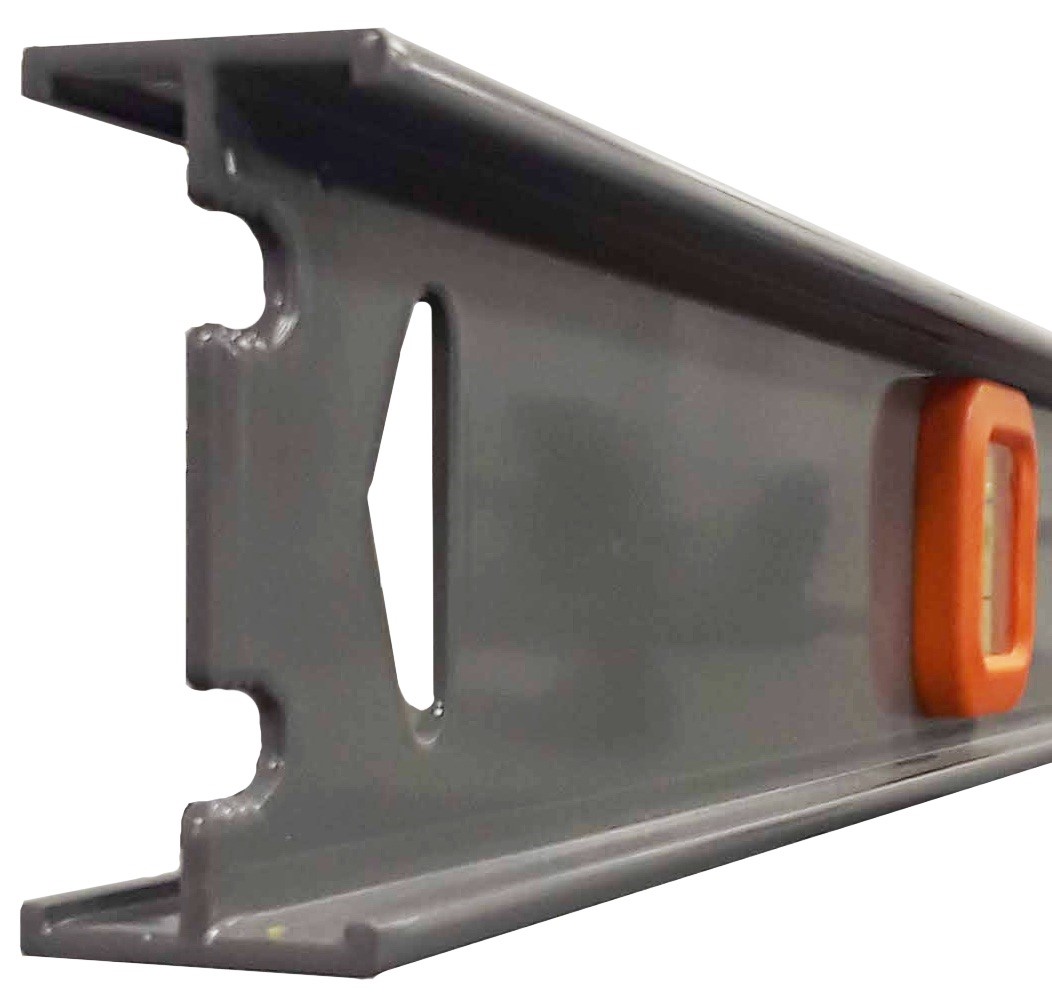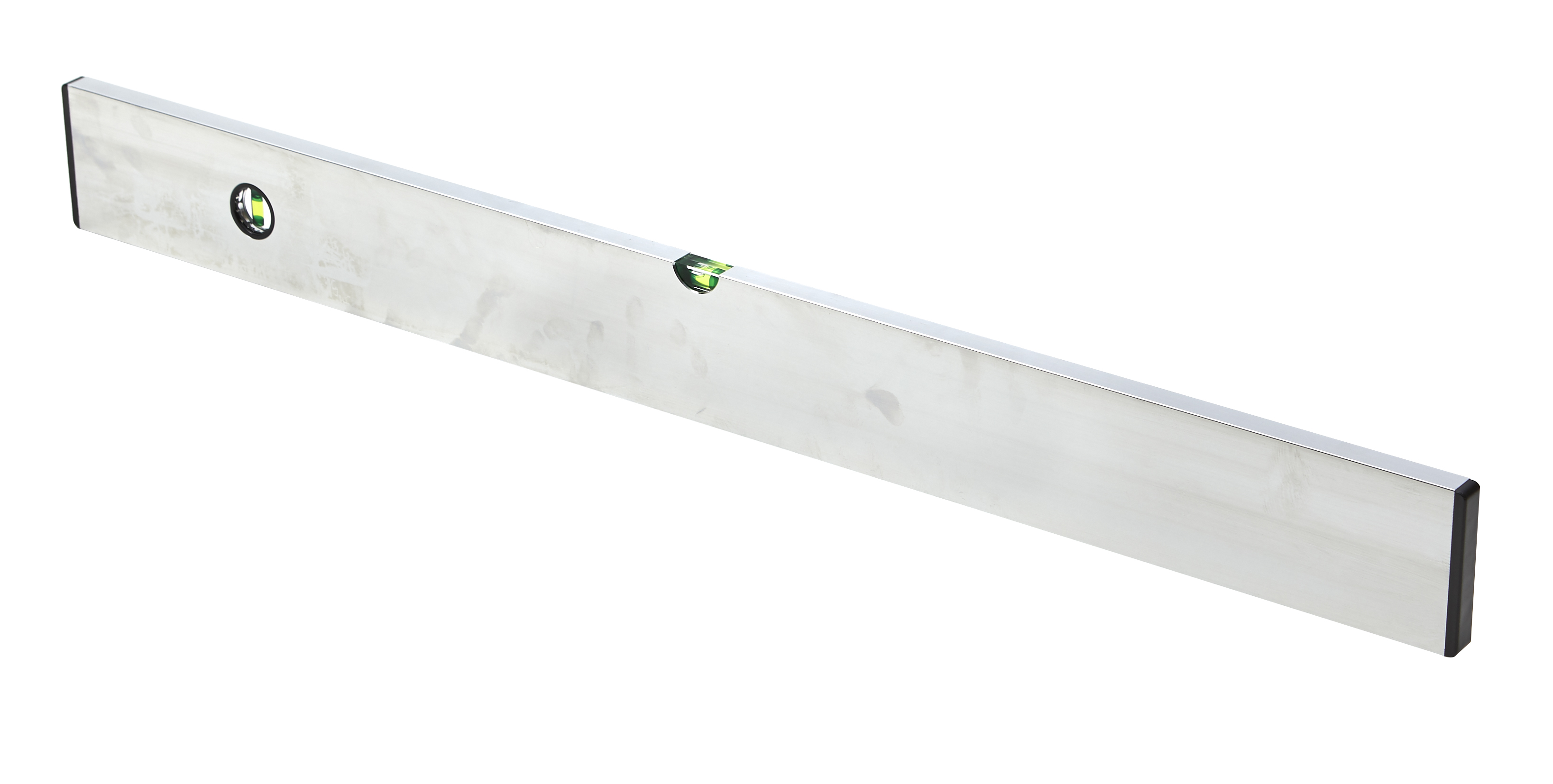8 Types of Levels and Their Uses
Every contractor and builder has several tools that are must-haves in their arsenal. One such tool is the level.
A good level will help make sure that everything you build is true and plumb. No more slanting shelves or decks. With a level, you can be sure that what you’re putting up is square.
Types of Levels
There are several different types of levels on the market, and while some are versatile enough to be used in many instances, others may have a more specific use. Learn about the most popular types of levels and when to use them to ensure that all of your projects get done right.
- Box-Beam Levels
The most common and versatile style is the box-beam level, sometimes called a box level. Box-beam levels are constructed of a rectangular or box-shaped frame. They are usually extruded metal, usually aluminum.
They frequently have grips for easy handling and usually have one or more vials for taking readings. In North America, box-beam levels usually have a milled measuring edge that touches the surface of what you’re measuring.
Some box-beam levels can also be used vertically to measure plumb. This makes them a very versatile tool for measuring a flat surface, whether it’s vertical or horizontal.
Any level that has this shape would be considered a box-beam level regardless of its component material. Wooden levels and other materials like carbon fiber make up a very small percentage of levels sold in North America.
- Magnetic Levels
Adding magnets to a level is a terrific feature, if your materials require it. A mason or wooden framing carpenter will have little use for magnets. A commercial carpenter, on the other hand, will likely carry a trove of magnetic levels.
A magnetic box-beam level will hold itself securely to a magnetic surface. If you need a fast, hands-free read on a magnetic surface, whether you need to check if the object is plumb or level, this tool can help. They are usually available in a digital form as well, if you need a more precise measurement.
- Digital Box Levels
Digital box levels have the same case and construction as a box level, but in addition to a vial to read from, it also gives you a digital readout that gives you a measurement to the fourth decimal place. If you need a very precise measurement or you have difficulty reading the bubble vial of a spirit level, a digital box level is the tool you need.
- I-Beam Level
An I-Beam level is a type of level that is best for general or light use. If you are careful with them, they can last a long time, but they do need to be checked for accuracy more often than a box beam level. If you need a level that won’t be used in a harsh environment or you are price conscious, this is a great choice.
- Screed Level
If you’re putting in a new concrete slab or basement floor, a screed level is the tool for you. It will help ensure that your concrete is smooth and level, and can also be used for leveling sand and paving stones.
A screed level lets you tell at a glance if the surface is smooth and flat, not lifting at an angle. Contractors regularly working on driveways, patios and walkways should have a screed level handy.
- Torpedo Level
When you’re working in tight quarters but still need to take a level measurement, you need a torpedo level. This 6- to 12-inch long level is made just for working in small spaces. While most torpedo levels are rectangular with tapered edges, some torpedo levels, like this one from Keson, have a humped top which lets you use it in a smaller space or at an angle.
- Specialty Torpedo Level
There are a number of specialty levels on the market that may be necessary for some while they’re simply a luxury for others. This specialty torpedo level is square on three sides with a single, rounded end. This lets it fit better into small or rounded spaces, like the beveled corner of a wall, to take more accurate measurements.
- String Level

When you need to find the level across a very long distance, a string level is the tool to choose. String levels are meant to be hung or balanced on a piece of string stretched between two stakes or posts. The string is pulled taut, and the string level can check the long distance level between the two posts on the string itself, rather than you having to take multiple measurements across the distance with a more traditional level.
Choose the Right Level for the Job
Builders and contractors looking to build upon their arsenal of tools should invest in a few quality levels. Box or I-Beam levels are the most versatile, but keeping a short or specialty level on hand can be a good idea as well, depending on the types of jobs you do.
No matter what, it’s important to make sure you have the right level for the job on hand so you know you are getting accurate measurements each and every time.
For more information on levels and which may be suitable for your line of work, contact a Keson representative today.







